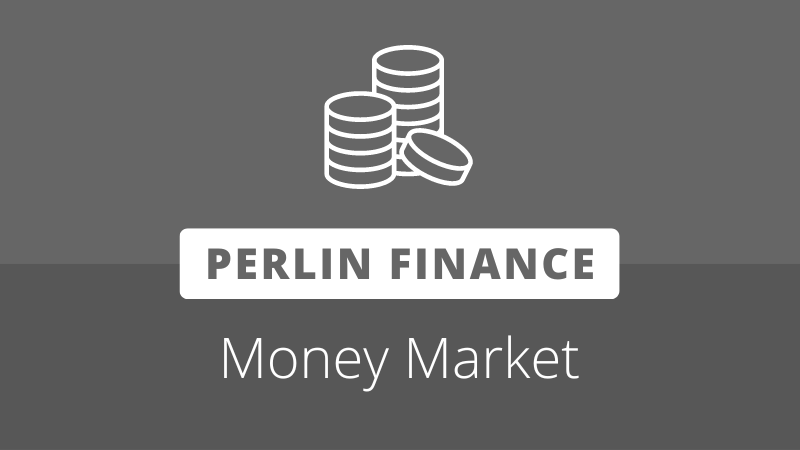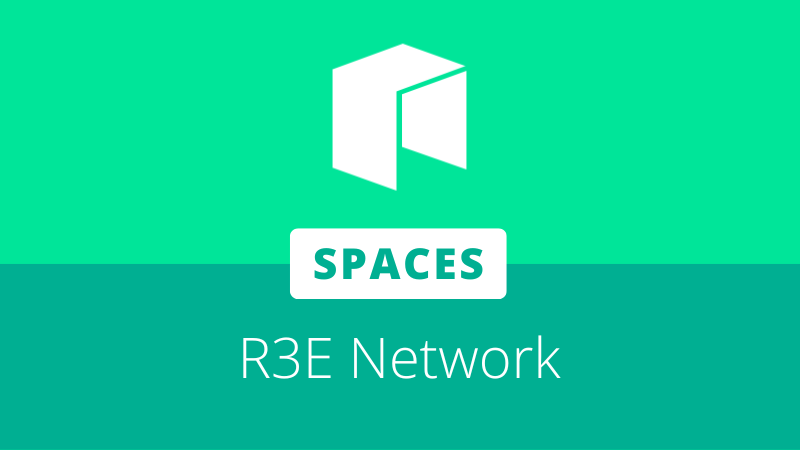
Perlin Finance is an upcoming decentralized money market built on the Neo N3 blockchain that will allow users to earn interest on their cryptocurrencies and borrow against them. The protocol uses algorithm-based interest rates to create a more efficient system, drawing inspiration from established pool-based lending platforms such as Compound and Aave.
The Korean team behind the project brings experience from DeFi protocols like RomeDAO and KlimaDAO, as well as from renowned tech companies Toss and Samsung. The group, made up of two developers and a UX designer, boasts a background in Web 2.0 development and smart contract creation, with plans to add new members over time.
Interest rate protocol
The Perlin Protocol will enable lenders to deposit cryptocurrencies into a pool contract, creating a reserve for each respective cryptocurrency. Borrowers can then take out loans from this reserve, provided they offer sufficient collateral as a guarantee. The protocol employs an algorithm that accounts for factors such as the amount of funds in the pool and interest earned on lending to determine interest rates.
This interest rate model relies on a utilization ratio, which measures the proportion of borrowed funds to the total funds available in the reserve (both borrowed and unborrowed). As the utilization ratio changes, the interest rates for both lenders and borrowers adjust accordingly.
As demand for borrowing a specific cryptocurrency rises, interest rates increase, benefiting lenders and making borrowing costlier. Conversely, when demand drops, interest rates decrease, making borrowing more affordable and less appealing for lenders. This dynamic adjustment is intended to maintain balance and attractiveness for both lenders and borrowers.
N3 Integration
Built on the Neo blockchain, the Perlin Protocol leverages the NEP-17 token standard in the form of rToken contracts to manage user balances. These rToken balances will allow users to redeem the underlying assets while also accounting for accrued interest. The platform will also mint $PERL, a governance token for distributed decision-making.
An advantage of the protocol’s integration with Neo N3 is its adoption of Neo’s native oracle service for price feeds. The price oracle maintains the current exchange rate of each supported asset, ensuring accurate and up-to-date information is used to determine borrowing capacity and collateral requirements across the platform.
Perlin Finance aims to address interoperability and scalability issues present in first-generation money market protocols by offering a solution tailored to the Neo blockchain. As the protocol develops, plans are to support over-collateralized algorithmic stablecoins, similar to DAI and FRAX, further expanding its offerings.
Speaking with NNT on why Perlin Finance chose Neo as it blockchain platform, Jung Kim, Perlin Finance co-founder said:
We loved that Neo has a strong and diverse community that just stays with Neo despite bad or good times. We saw all different kinds of chains today with “mercenary community” who wanted airdrops and farm incentives. They’ll have difficult time surviving once the honeymoon days are over… Neo has great potential that’s not been realized yet. Every infrastructure is set up for a killer app to come in and sweep the floor.
At the time of press, the team reports being close to finished with smart contract development. After completion, the protocol will undergo an audit, with the intention to roll out to MainNet around May or June.
Users can learn more about Perlin Finance by reading the litepaper at the following link:
https://perlinfinance.gitbook.io/perlin-finance/litepaper







About The Author: Brett Rhodes
Brett is a blockchain enthusiast and freelance writer who originally began producing content for the gaming & eSports industries. Now he spends most of his time contributing in the Neo ecosystem.
More posts by Brett Rhodes